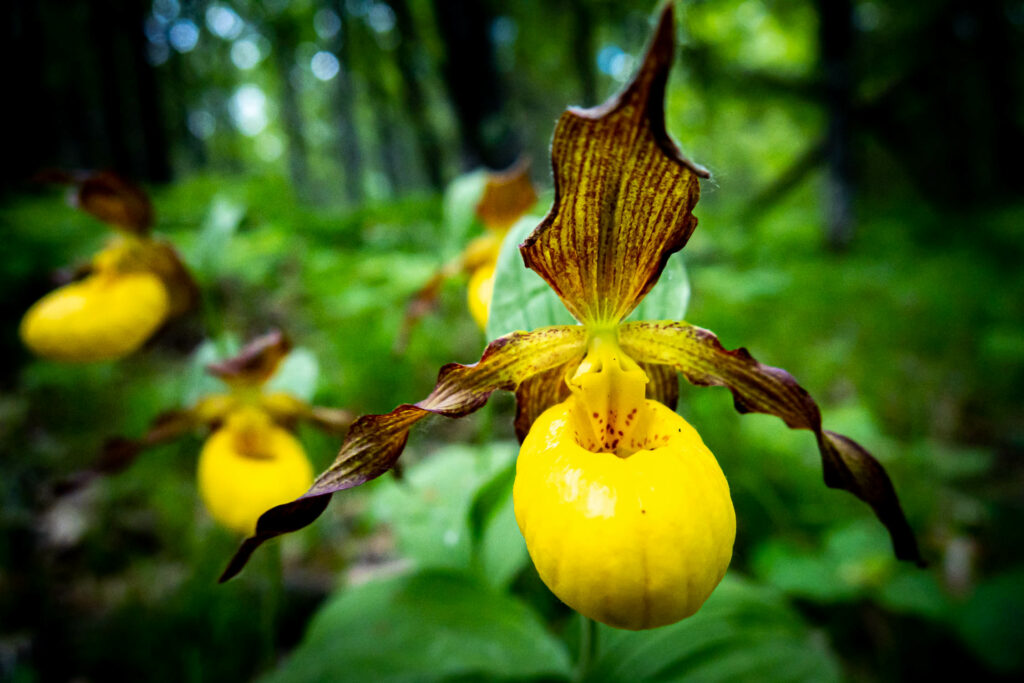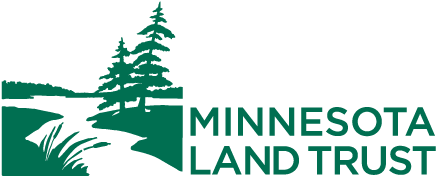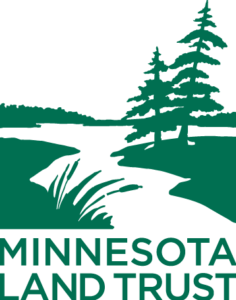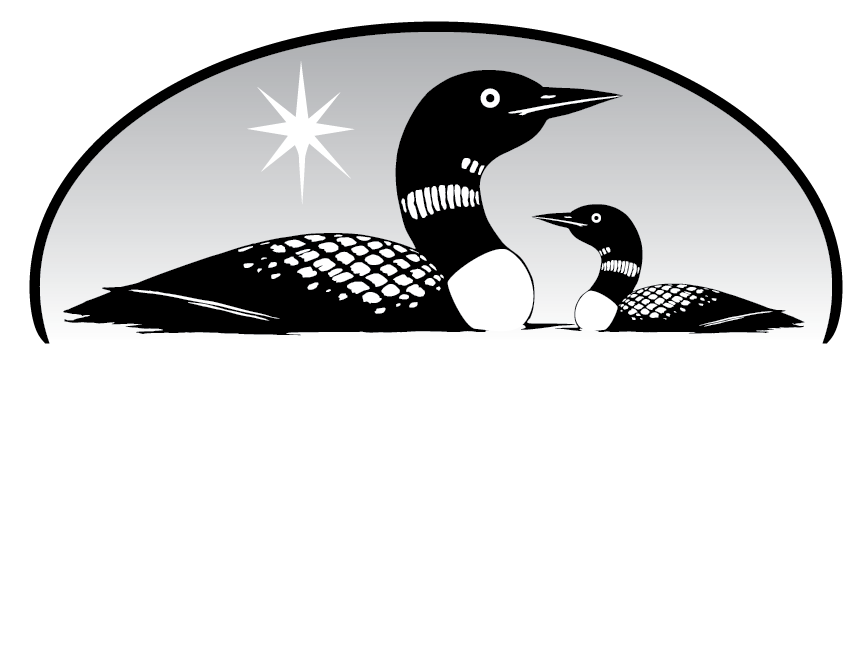Conservation easements are voluntary agreements through which landowners limit the use and development of their property to permanently preserve its natural or cultural features for public benefit. These real estate transactions involve several steps which result in a document that will protect the conservation values of the land forever.
Conservation easements can be used to protect a variety of lands that benefit the public through their conservation value. The Minnesota Land Trust concentrates its efforts on protecting:
- Habitat for wildlife, fish and other species, and native plant communities such as prairies, forests, blufflands, and wetlands.
- Lakes, rivers, and streams.
- Scenic landscapes, particularly those with local community significance.
Grant-Funded Permanent Conservation Easements
Could your property qualify?
Provide a few basic details about your land and connect with a program manager to find out if a conservation easement is a good fit.
What Else to Know About Conservation Easements…
- Each conservation easement is unique and is individually crafted to reflect the special characteristics of the land and the particular situation of the landowner.
- All conservation easements held by the Minnesota Land Trust are perpetual; they apply to the current owner and all future landowners, permanently protecting the property.
- Not all land is suitable for protection with a conservation easement. Lands with limited conservation value or situations in which a landowner desires to retain certain rights that would conflict with an easement’s conservation purpose may not warrant a conservation easement.
- The vast majority of conservation easements are placed on privately owned lands. However, there are occasions when public lands may be protected with a conservation easement. For example, private land encumbered by an easement may be subsequently transferred to a public entity. Or a city may seek permanent protection from development of a particularly sensitive parcel of its own land.
What is it like to have a conservation easement on your land?
The restrictions set out in each conservation easement are established to protect the specific conservation values that have been identified on that particular piece of land. Restrictions may apply to all of a landowner’s property or to only a portion of it.
There are certain land use restrictions.
Restrictions are established to protect the identified conservation values and if applicable, to fulfill the funding source requirements. Easements typically address:
- Commercial, industrial, residential, and agricultural uses.
- Location and size of buildings and other structures.
- Mining and other surface alterations
- Roads, trails, and utilities.
- Disturbance of vegetation or water features.
- Division of the property into multiple parcels
- Management of vegetation.

Landowners retain most rights to the land.
Landowners retain all rights associated with ownership and use of the property not restricted or prohibited by the conservation easement. The landowner still owns the land and has the right to use it for any purpose that is consistent with the conservation easement. All landowners retain the right to sell, transfer, mortgage, or lease the land. Landowners typically additionally retain the right to:
- Maintain an existing residence or structures.
- Ecologically manage the habitat.
- Maintain and use trails.
- Observe nature, hike, hunt, fish, and otherwise enjoy the land.

Landowners have certain responsibilities.
With a conservation easement, the landowner remains responsible for the land, including for its maintenance and upkeep, for paying taxes, and for otherwise meeting the typical obligations of land ownership. Conservation easements add a few further requirements. Landowners must:
- Notify the Land Trust of proposed changes to the property (including when selling or transferring).
- Allow annual visits by certified monitors.
- Obtain Land Trust approvals for certain activities, depending on the easement terms.
The Land Trust also has responsibilities.
The Minnesota Land Trust is obligated to annually monitor and enforce the terms of each easement that it holds. If necessary, the Land Trust will enforce its rights as set out in the conservation easement. The Land Trust does not otherwise have the right to use the property without the landowner’s permission.

Wayne J.
Kittson CountyThe Process of Securing a Conservation Easement on Your Property
A conservation easement is a legal document that is created after an in-depth review process. Depending upon a number of factors, the process and timeline varies and may take anywhere from approximately six months to over a year to complete.
Click or tap on the arrows below to learn more about each step in the process of securing a conservation easement on your land.
Step 1: The landowner contacts the Minnesota Land Trust.
If you’re interested in securing a conservation easement tell us about your property, goals and objectives. Options for making initial contact include:
- Contact our St. Paul office during regular business hours at 651-647-9590.
- Complete a short landowner inquiry form to have your information routed to the program manager that works in your region.
- Inquire or apply directly through the appropriate grant-funded conservation program (if you know what it is).
Step 2: An initial site evaluation is performed either in-person or remotely.
The Minnesota Land Trust evaluates the site to determine the property’s natural and scenic values. Oftentimes, the evaluation is done remotely, but it may also involve an on-site visit. The Land Trust also identifies funding options to cover costs associated with the project.
Step 3: Information and documentation about the property are gathered.
The Minnesota Land Trust obtains maps, title work and other information about the property and the surrounding area. The landowner contacts an attorney to represent them in the conservation easement transaction. If interested in potential federal income tax benefits, the landowner arranges for an appraisal to determine the value of the conservation easement.
Step 4: A draft Conservation Easement and Baseline Report are generated.
The Minnesota Land Trust staff prepares a draft conservation easement and a baseline documentation report, including photographs, maps, the property’s history, and the condition of natural features, vegetation, structures and improvements, for review and discussion by the landowner and the landowner’s attorney. If the conservation easement is being purchased by the Minnesota Land Trust, a purchase agreement option is prepared by the Land Trust.
Step 5: Approval is obtained from the Board of Directors for grant-funded projects.
Land Trust staff obtains approval of the project by the Land Trust’s Board of Directors. If the project is receiving grant funding, it must be approved by the funding source as well.
Step 6: A Habitat Management Plan is developed for grant-funded projects.
For projects funded through grants, the Land Trust staff obtains a site-specific habitat management plan for the landowner. This plan provides recommendations and guidance for restoring and managing the ecological communities on the property.
Step 7: The Final Conservation Easement and Baseline Report are signed and filed by the landowner and Minnesota Land Trust.
At closing, a final conservation easement and baseline documentation report, as well as other necessary documents are signed by the landowner and the Minnesota Land Trust. In addition, the Land Trust staff ensures the easement documents are then recorded.
Step 8: The property is protected forever!
The Minnesota Land Trust begins its commitment to preserve the conservation value of the land forever with annual site monitoring.
Ready to Take the First Step to Protecting Your Land Forever?
Join hundreds of dedicated landowners who have put their land to work in support of environmental conservation. They’re stewarding tens of thousands of acres across Minnesota. Will you join them?





